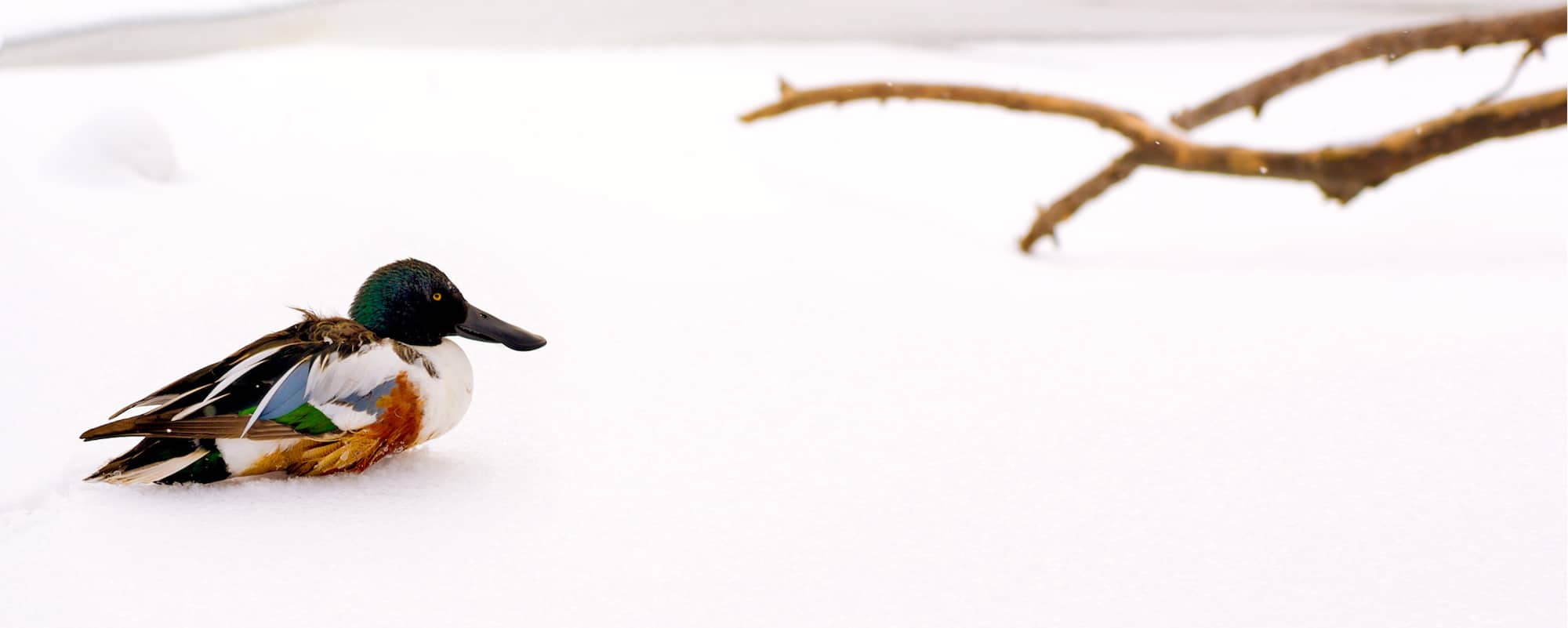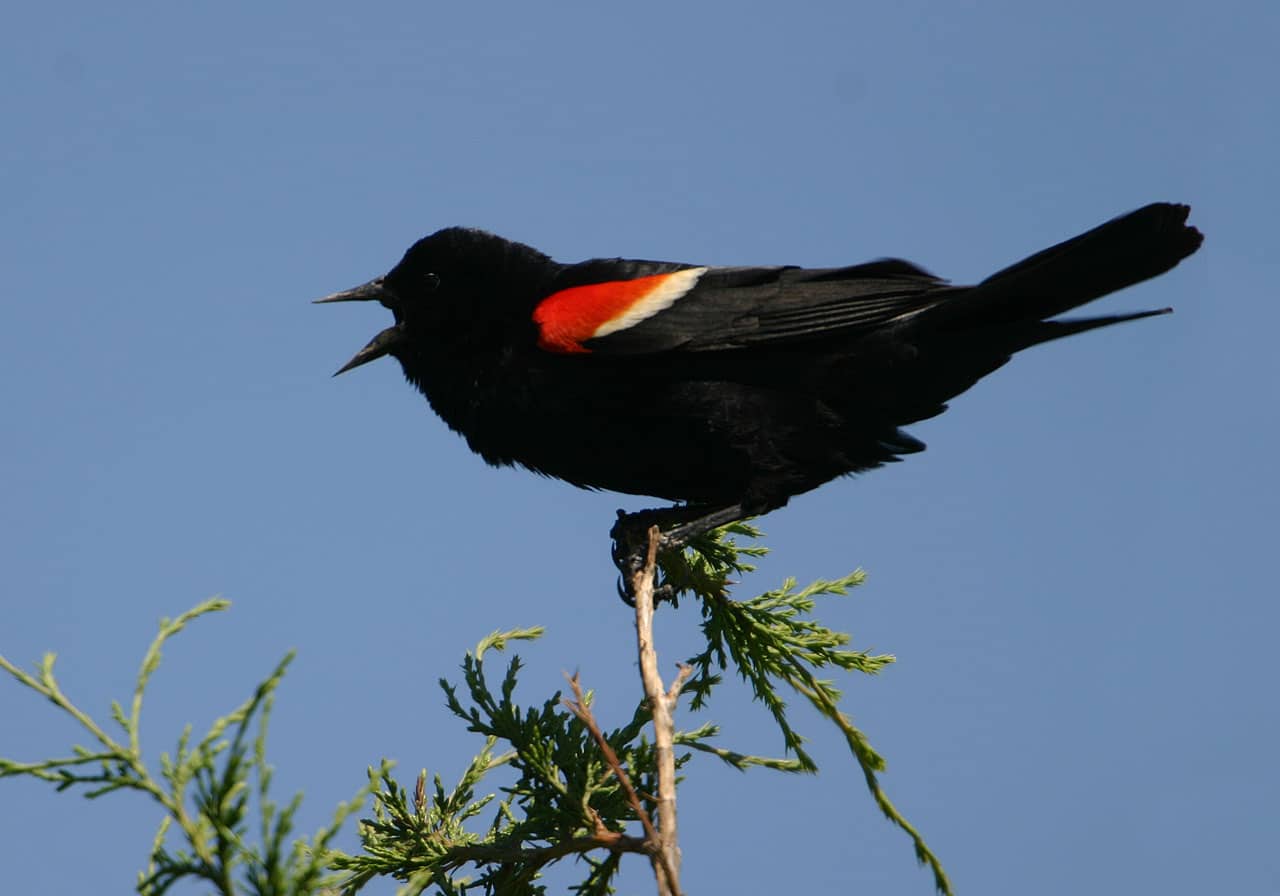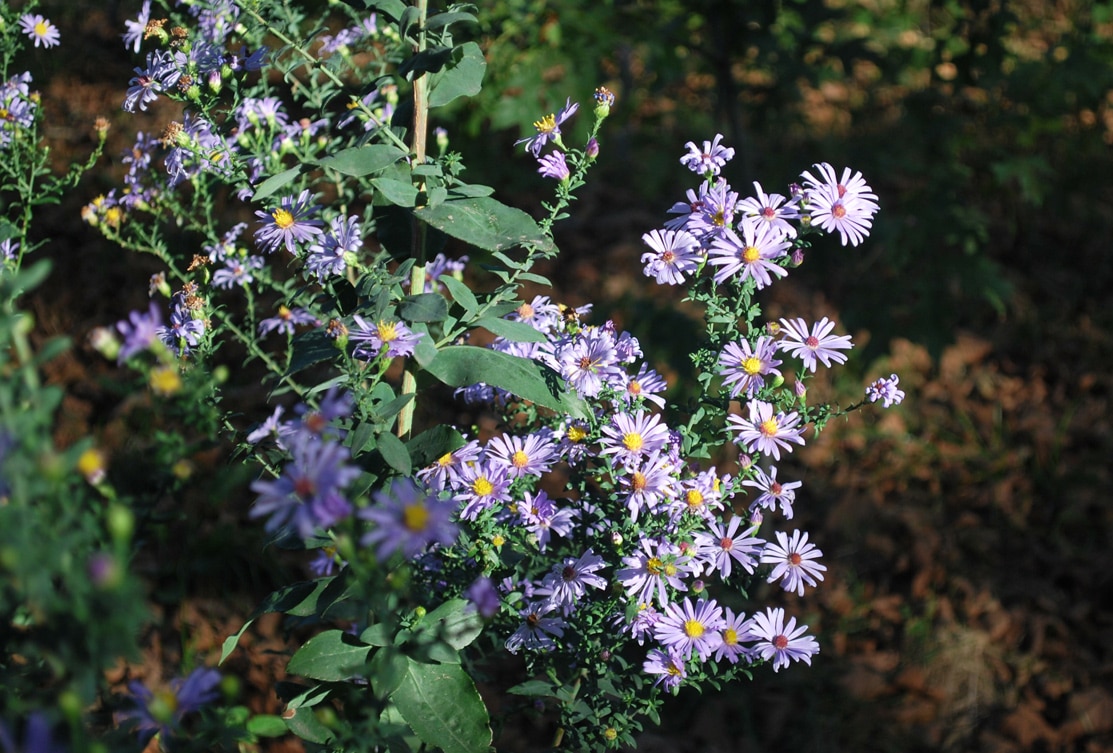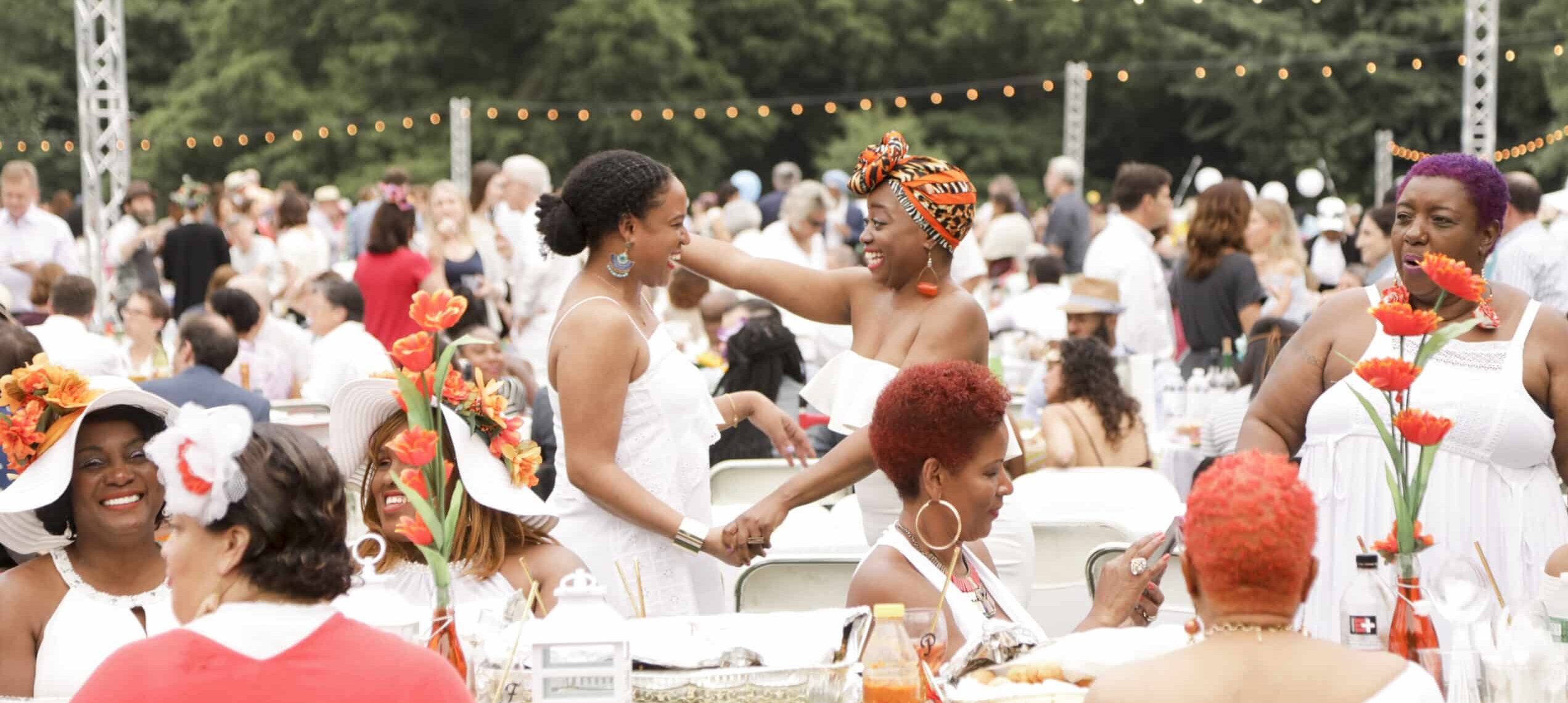Beautiful Rustic Trail Caps Woodland Restoration
January 16, 2020
On a windy Saturday morning in November, Mary Keehbauch, Prospect Park Alliance Deputy Director of Landscape Management, took a break from installing cedar rails to talk about her work in the Vale of Cashmere, one of two sites that Prospect Park Alliance received funding to restore following severe damage from Hurricane Sandy and other storms.
“It’s bittersweet,” Keehbauch said of the project as the formal restoration work comes to a conclusion, “but it’s been a really exciting transformation and I hope we’ve engaged enough people in this project, that they’ll work hand in hand with the Alliance to help take care of this area.” Keehbauch and a crew of Alliance staff, volunteers and even goats have worked over the past four years to revive the woodlands in this quiet northeast corner of the park, beloved by birdwatchers and in-the-know park visitors.
On this morning, Keehbauch was joined by her Alliance colleagues A.J. Logan, Natural Resources Crew Forestry Technician, and Kate Abrams, Woodland Youth Crew Supervisor, with the dozen-or-so high school students in her charge. The teens, participants in this Alliance program that hires local high school students to become stewards of Brooklyn’s last remaining forest, chatted happily as they dug holes, sawed logs and mulched paths for the park’s newest feature—a rustic trail which is the capstone of the massive restoration effort undertaken by the Alliance.
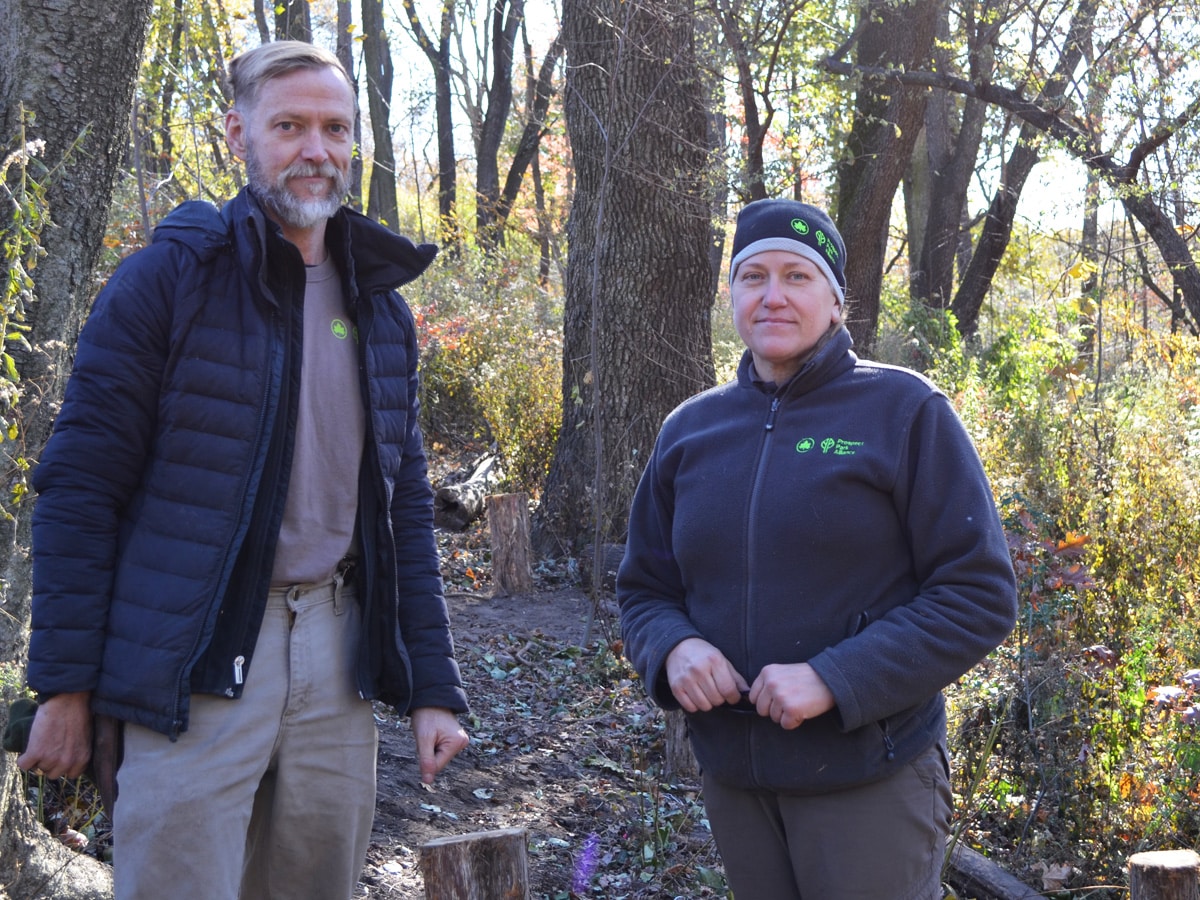
AJ Logan and Mary Keehbauch c. Lucy Gardner
In 2012, Superstorm Sandy brought widespread destruction to New York City, felling over 500 trees throughout Prospect Park, including 50 in the Vale of Cashmere alone. With $1.2 million in grants from the National Park Service and the New York State Office of Parks, Recreation and Historic Preservation to repair storm damage in the Vale as well as Lookout Hill, Prospect Park Alliance began work to restore these woodlands.
See a slideshow of the Woodland Restoration in the Vale of Cashmere
First came storm cleanup and a survey of the surrounding woodlands, which showed that relatively few species of trees and shrubs were thriving in the Vale, and many of these were considered invasive in New York State. Then came the demolition team—a group of goats hired to scale the steep hills and eat the dangerous and non-native plant species such as English ivy and poison ivy. This popular crew spent two summers in the park, eating the Vale clean, and prepping the space for the massive replanting that was about to take place.
“We planted the area heavily, with a focus on creating a multidimensional, ecologically diverse woodland,” said Keehbauch, pointing out examples while standing in the landscape. “Throughout the changing seasons, people will be able to see a variety of native plants, understory trees and shrubs, with great flowers that will create food for insects and birds, feeding the park ecosystem.”
In recent years, Keehbauch and her crew have worked to replant and maintain this area with essential support from fellow Alliance staff, the Woodlands Youth Crew, and many dedicated volunteers—notably a corps whose work has focused on the east side of the park, and who have dedicated countless hours to this often-overlooked area of the park. During the last two years, they’ve succeeded in planting over 20,000 trees, plants and shrubs in the Vale alone.
In replanting, Keehbauch and her team have “stayed true to the native plant palette of the region,” bringing in more than 25 native species of plants including ferns, wildflowers, grasses, and shrubs, including elderberry and chokeberry, “plants that are going to hopefully help our butterfly and native bee population and draw in birds.”
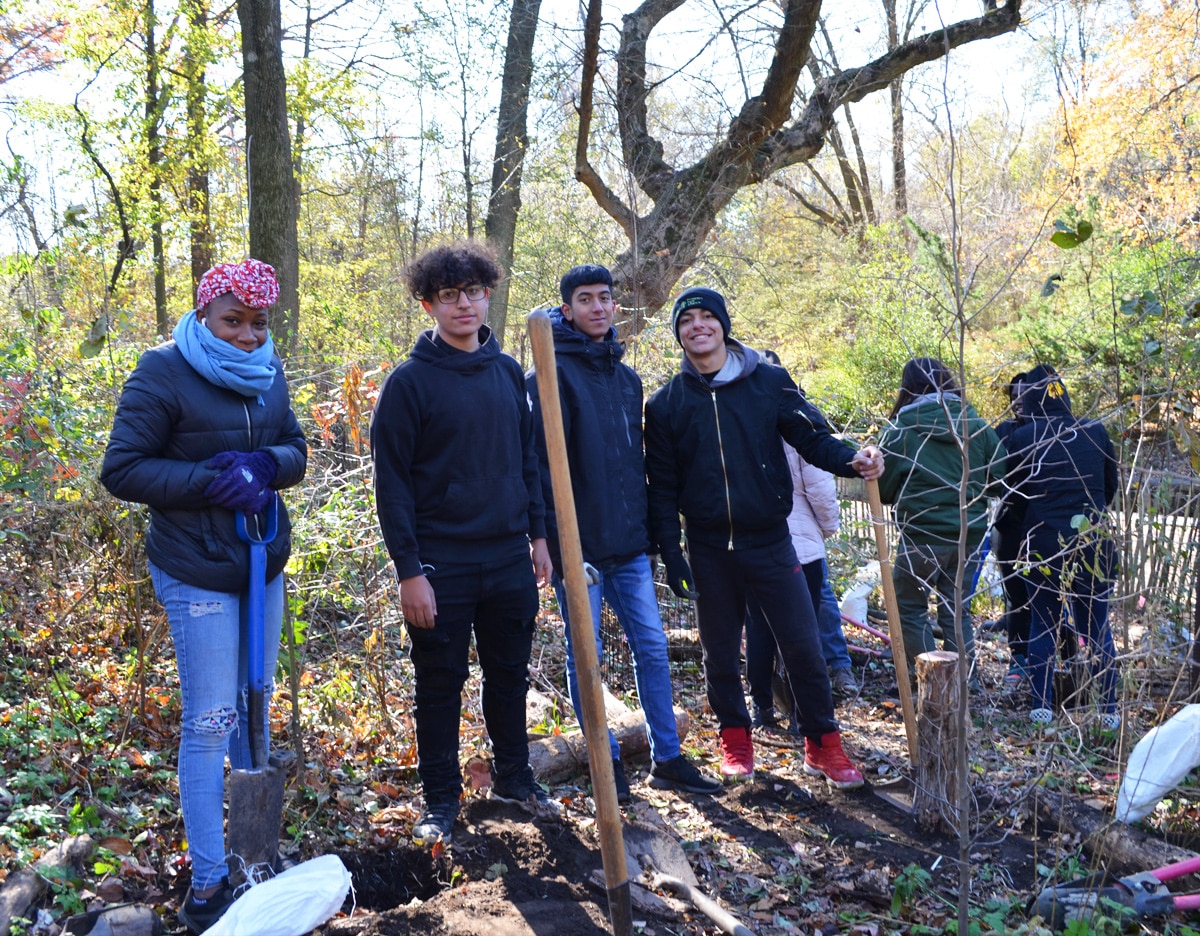
Members of the Prospect Park Alliance Woodlands Youth Crew, c. Lucy Gardner
And the plants aren’t the only addition to the landscape. As the restoration project came to an end this winter, Keehbauch and her team installed a new rustic rail trail, which leads visitors to two sites of future restoration: the Rose Garden to the Children’s Pool. Following in the footsteps of park creators Frederick Law Olmsted and Calvert Vaux, this Adirondack-inspired feature takes a meandering route through the woods, inviting visitors to enjoy another view of Brooklyn’s Backyard.
“We hope the trail will keep people from creating their own paths, which are destructive to this newly replanted landscape,” said Keehbauch. “It should also be an interesting experience—for birders, children—they’ll get to experience the interior of the woods right in the middle of Brooklyn.”
Ready to try out the new trail? Visit the Vale of Cashmere—the trail is located on the eastern slope, and climb the hill to the Rose Garden. Learn more about Prospect Park Alliance’s work to Sustain the Environment.
This project was undertaken by numerous contributors over the years. Special thanks are given to the Volunteer Corps, the Woodlands Youth Crew and their Alliance supervisors, and the members of the Prospect Park Alliance Hurricane Sandy Restoration team throughout the project: Christopher Guicciardo, Mary Keehbauch, Alexandra Kerr, A.J. Logan, Martha Maciasz, Michael Marino, and Victor Rendon.
